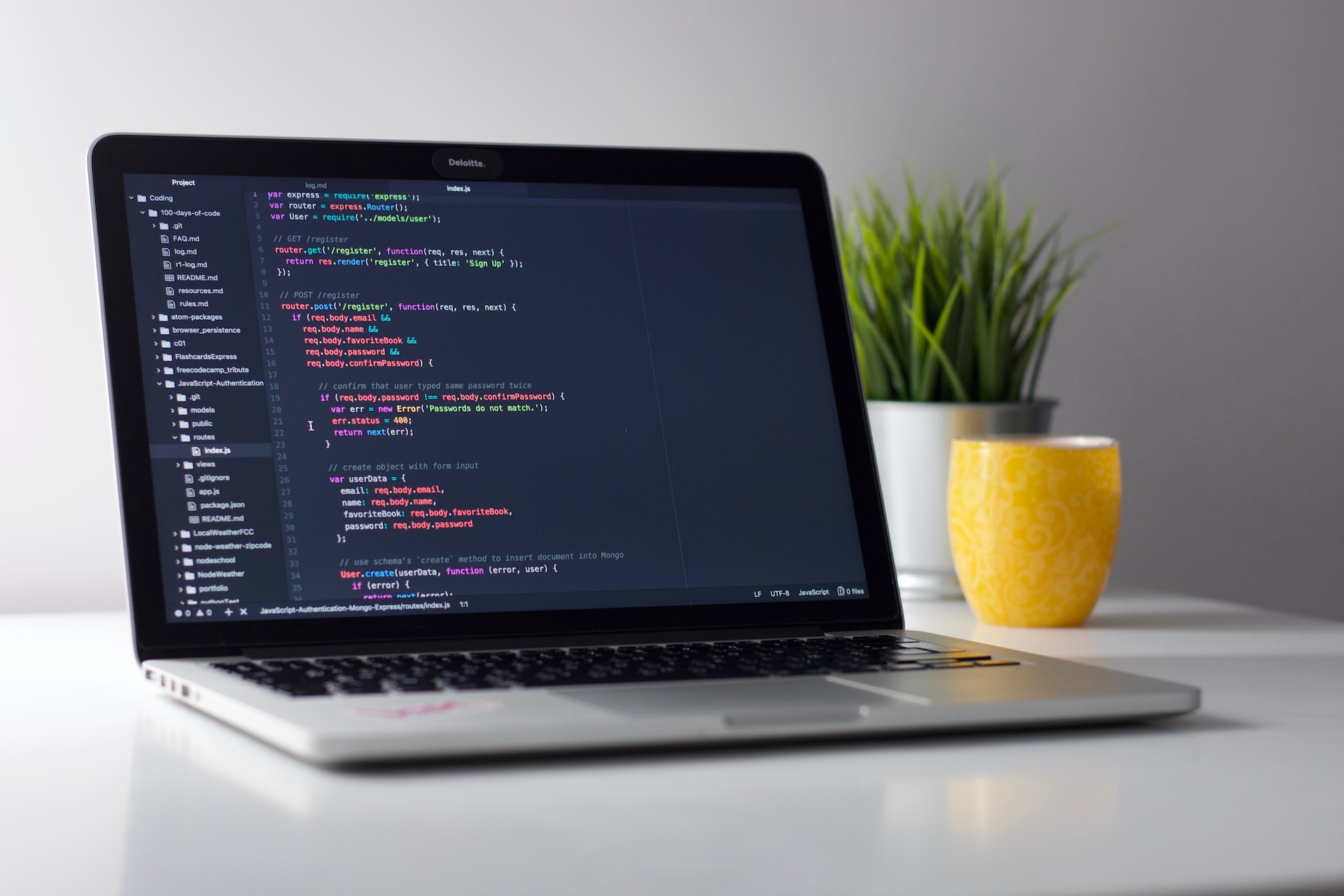Mastering Python programming can be a rewarding journey, and breaking it down into steps can make the learning process more manageable. Here’s a step-by-step guide to help you progress from a beginner to an advanced Python programmer:
Step 1: Get Started
- Install Python:
- Download and install the latest version of Python from the official website (https://www.python.org/).
- Understand the Basics:
- Learn about variables, data types, and basic syntax.
- Familiarize yourself with control flow statements (if, else, loops).
Step 2: Dive into Fundamentals
- Explore Data Structures:
- Study lists, tuples, sets, and dictionaries.
- Understand when to use each data structure.
- Functions and Modules:
- Learn how to define and use functions.
- Explore modules and how to import them.
Step 3: Intermediate Level
- Object-Oriented Programming (OOP):
- Understand classes and objects.
- Learn about inheritance, encapsulation, and polymorphism.
- File Handling:
- Read and write files using Python.
- Understand different file formats (text, CSV, JSON).
Step 4: Advanced Concepts
- Exception Handling:
- Learn how to handle exceptions and errors.
- Understand try, except, finally blocks.
- Decorators and Generators:
- Explore advanced function concepts.
- Learn about decorators and how they modify functions.
- Understand generators and the
yieldkeyword.
Step 5: Specialized Libraries
- Numpy and Pandas:
- Dive into numerical computing with NumPy.
- Explore data manipulation and analysis with Pandas.
- Web Development (Optional):
- Learn about web frameworks like Flask or Django.
- Understand basic HTML, CSS, and JavaScript for full-stack development.
- Data Visualization:
- Explore libraries like Matplotlib and Seaborn for creating visualizations.
Step 6: Advanced Topics
- Concurrency and Parallelism:
- Understand concepts like threading and multiprocessing.
- Explore async programming with
asyncio.
- Machine Learning (Optional):
- Learn the basics of machine learning using libraries like scikit-learn or TensorFlow.
- Testing and Debugging:
- Master unit testing and debugging techniques.
- Explore tools like
unittestandpytest.
Step 7: Real-world Projects
- Build Real Projects:
- Apply your knowledge to real-world projects.
- Collaborate with others on open-source projects.
- Continuous Learning:
- Stay updated with the latest Python trends and advancements.
- Contribute to the Python community.
Remember to practice regularly, work on projects, and seek help from the vast Python community whenever needed. Consistent hands-on experience is crucial for mastering any programming language.
Photo by Clément Hélardot on Unsplash
